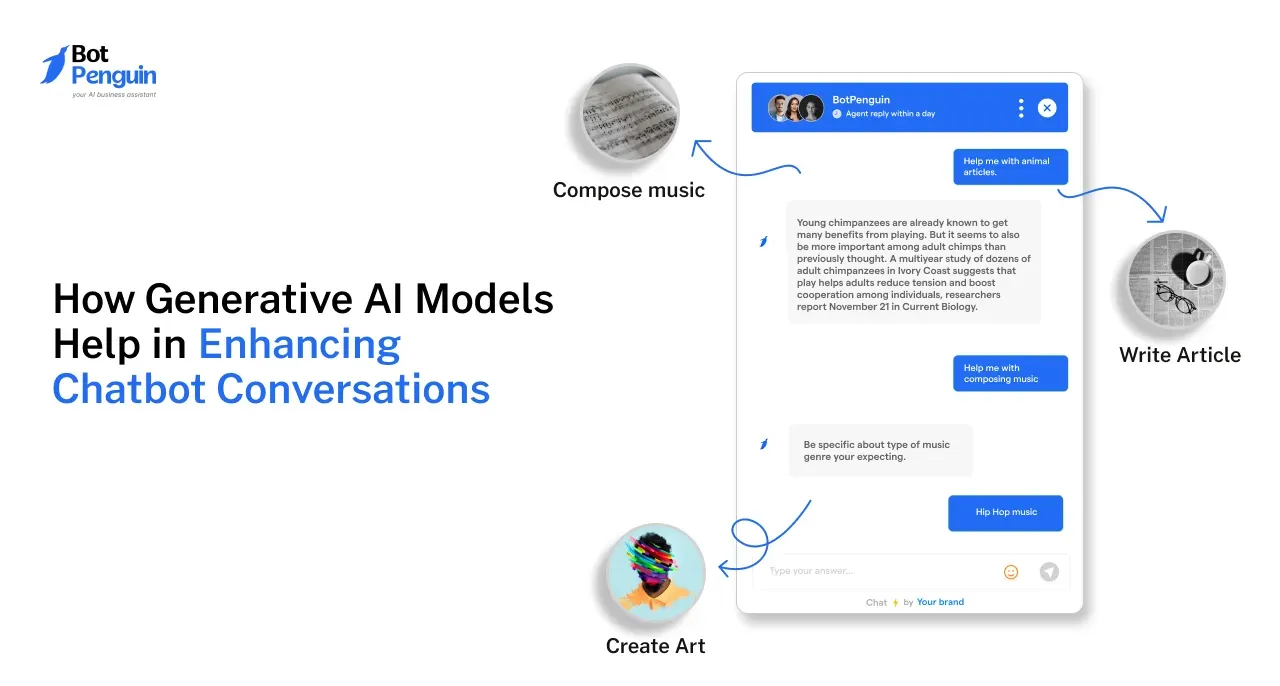Introduction
Once upon a time in the bustling world of ecommerce, where shopping carts overflowed and online deals awaited just a click away, there was a secret tool that transformed casual buyers into loyal customers: exceptional ecommerce customer service.
Imagine a scenario where a stressed shopper, tangled in the web of forgotten passwords and delivery delays, suddenly encounters a friendly voice through live chat. That voice, empowered by innovative tools like chatbots, doesn’t just resolve issues but creates delightful experiences.
With each interaction rooted in stellar ecommerce customer service, customers feel valued, heard, and understood, turning fleeting visits into lasting relationships.
In this vibrant marketplace, businesses that embrace effective ecommerce customer service strategies become heroes, guiding their customers through the digital aisles with ease and grace.
So, if you're ready to embark on a journey to elevate your ecommerce customer service game, buckle up! Let's explore the best practices and strategies that will make your customers not just satisfied, but truly enchanted.
What is Ecommerce Customer Service?
Ecommerce customer service encompasses the support provided to online shoppers before, during, and after their purchasing journey.
This support can take many forms, including answering questions, resolving issues, and ensuring that customers feel valued and understood.

Whether it's through email, phone calls, or an ecommerce customer service chatbot, delivering prompt and effective assistance can significantly influence a customer’s overall experience.
Understanding the nuances of ecommerce customer service is crucial for building lasting relationships with customers.
Importance of Ecommerce Customer Service
Ecommerce customer service plays a pivotal role in shaping a customer's journey and has several key benefits:
Builds Trust
When businesses provide exceptional ecommerce customer service, they instill confidence in their customers.
For instance, Zappos, known for its customer-centric approach, has built a loyal customer base largely because of its responsive and helpful support team. Customers who feel supported are more likely to return for future purchases.
Boosts Sales
Positive interactions with an ecommerce customer service chatbot solution can directly lead to increased sales.
For example, Shopify reports that businesses that offer live chat support see a significant uptick in conversions. Satisfied customers often become brand advocates, recommending your store to friends and family.
Reduces Returns
By quickly addressing questions and concerns—especially through an ecommerce customer service chatbot—businesses can mitigate confusion that may lead to returns.
A study by the National Retail Federation found that up to 30% of online purchases are returned, highlighting the need for effective support.
Improves Brand Loyalty
Great ecommerce customer service fosters an emotional connection between customers and brands, enhancing loyalty.
Companies like Amazon thrive on this principle, often leveraging feedback to improve their service and deepen customer relationships.
Increases Efficiency
Utilizing tools like an ecommerce customer service chatbot can streamline operations by handling routine inquiries, thus freeing human agents to tackle more complex issues.
This not only improves response times but also enhances customer satisfaction.
Essential Customer Service Channels
To elevate your ecommerce customer support, it’s crucial to implement a variety of channels. Here are the essential ecommerce customer service channels every ecommerce business should consider:
Email Support

Ecommerce customer service via email remains one of the most reliable channels. It allows customers to reach out at their convenience while giving your team ample time to craft thoughtful responses.
Email is especially useful for complex inquiries that require detailed explanations. For example, many online retailers use email follow-ups to gather feedback on customer experiences, providing insights that can drive improvements.
Live Chat Support

Live chat has emerged as a preferred option for fast and effective ecommerce customer service. Customers appreciate the immediate responses that live chat offers, and this is where an ecommerce customer service chatbot proves invaluable.
These chatbots can address frequently asked questions, ensuring customers receive instant assistance 24/7. For instance, companies like ASOS utilize live chat to enhance customer engagement, leading to higher satisfaction rates.
Phone Support
Despite the rise of digital communication, phone support remains a vital element of ecommerce customer service.
Many customers still prefer speaking with a real person, especially for urgent matters or situations requiring detailed guidance.
A study from Zendesk indicates that 61% of customers prefer phone support for complex inquiries. Retailers like Nordstrom are known for their exceptional phone support, offering personalized service that strengthens customer relationships.
Social Media Support
In the age of social media, platforms like Twitter, Facebook, and Instagram have become essential tools for ecommerce customer service.
Customers often turn to these channels for immediate assistance or to voice their opinions. For example, airlines like Delta have dedicated social media teams to handle customer queries, effectively managing their reputation.
Self-Service Options (FAQs, Knowledge Base)
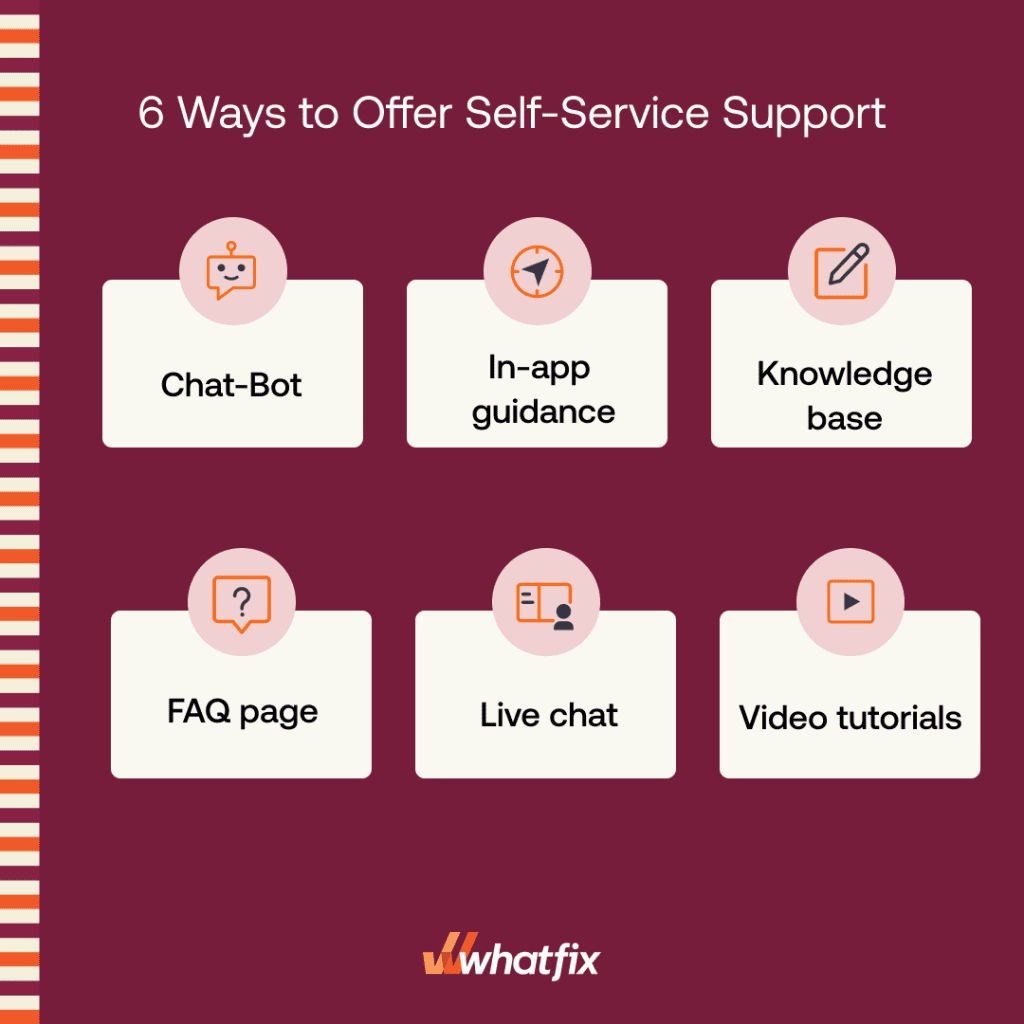
Many customers prefer to find solutions independently before reaching out for support.
Implementing self-service options, such as a well-organized FAQ section or a comprehensive knowledge base, can empower customers to resolve their issues quickly.
This reduces the workload on your ecommerce customer service team, allowing them to focus on more complicated inquiries.
For instance, platforms like Shopify provide extensive documentation that helps users troubleshoot problems on their own, improving overall customer satisfaction.
Effective Customer Service Strategies
Elevating your ecommerce customer service requires the implementation of effective strategies that enhance customer satisfaction and foster loyalty.
Let’s explore some of the best practices that can significantly improve your ecommerce customer service.
Proactive Customer Support
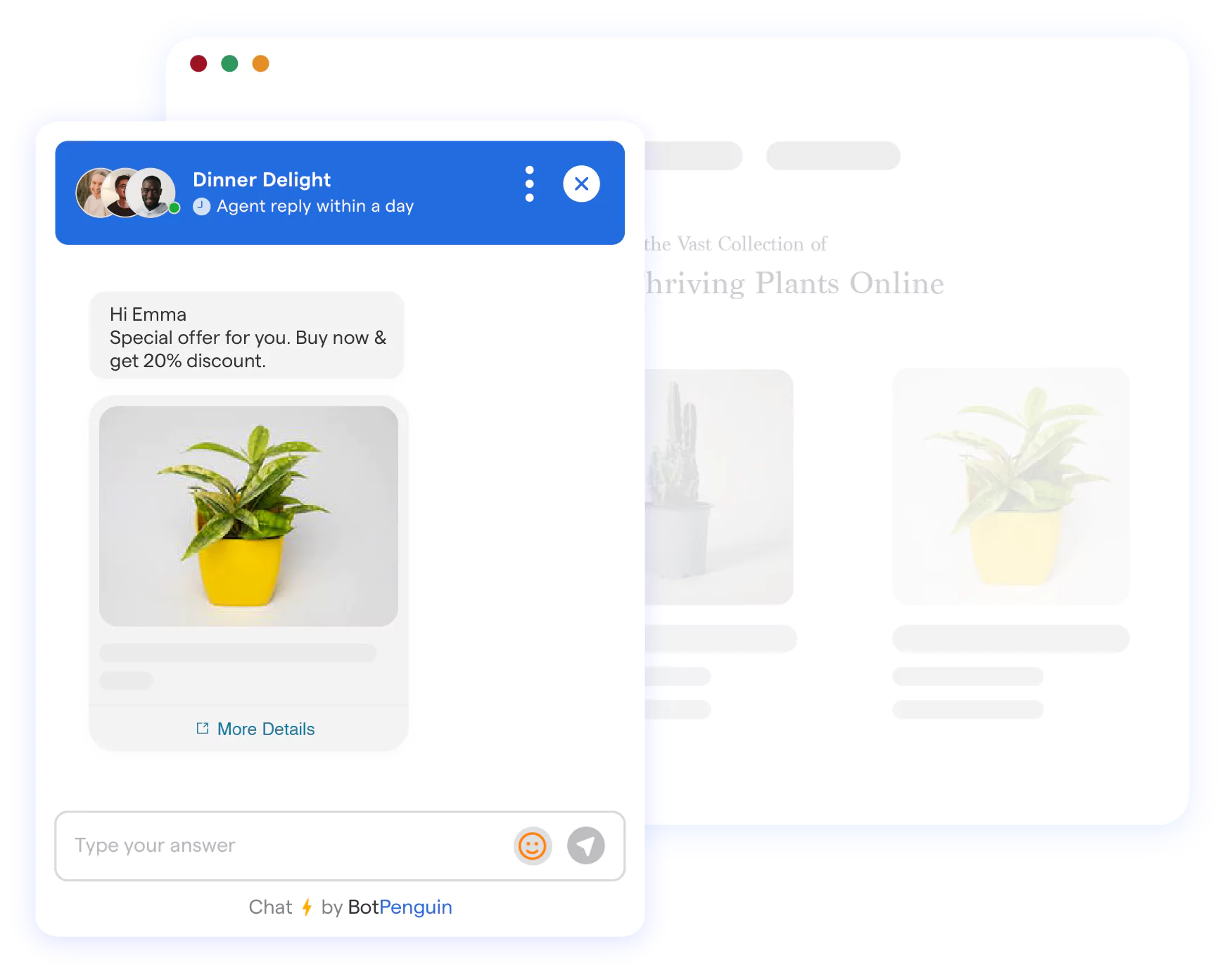
Proactive customer support involves anticipating customer needs and addressing potential issues before they escalate.
Instead of waiting for customers to report a problem, businesses can take the initiative to inform them about potential concerns.
For example, if an item is out of stock, a proactive approach would involve notifying customers before they attempt to purchase it or suggesting alternatives that may suit their needs.
Using tools like BotPenguin, an ecommerce customer service, can streamline this process. BotPenguin can automatically reach out to customers with information about their orders, including shipping updates or restocking notifications.
This not only reduces the number of incoming support requests but also builds trust and reassures customers that you are attentive to their needs.
Personalized Customer Experience
In today’s competitive ecommerce landscape, customers expect personalized interactions that make them feel valued.
Personalizing your ecommerce customer service means leveraging customer data to tailor the support experience based on their history, preferences, and behavior.
This can include addressing customers by their names, recalling previous purchases, or recommending products based on their interests.
A great example of this is Amazon, which utilizes sophisticated algorithms to suggest products based on past purchases and browsing history.
When a customer contacts support, the representative can easily access their data, ensuring a personalized interaction. Personalization not only enhances the customer experience but also fosters long-term loyalty as customers feel like they are more than just another sale.
First-Contact Resolution
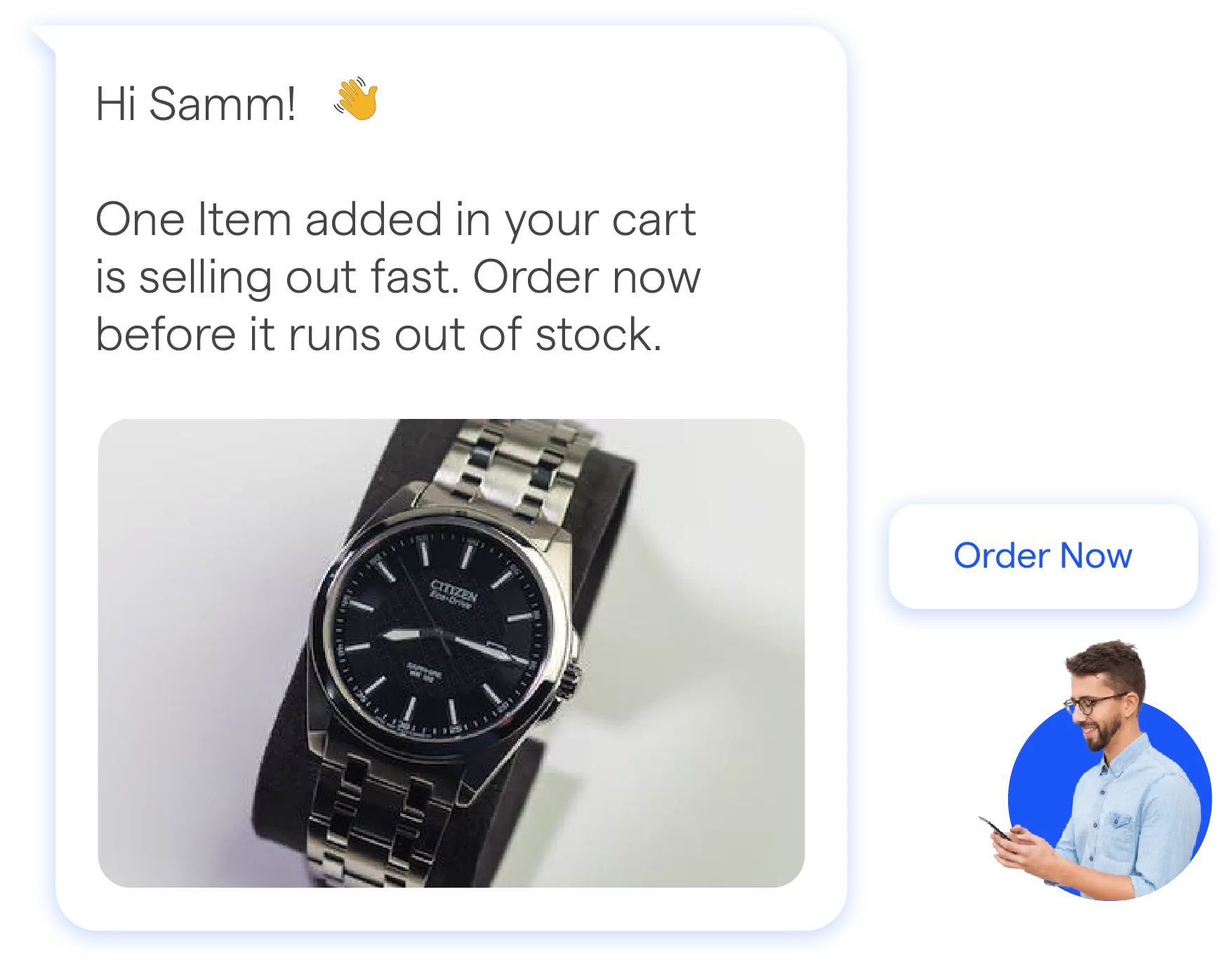
Customers appreciate swift solutions to their problems. The concept of first-contact resolution (FCR) focuses on resolving issues during the initial interaction, whether through live chat, phone calls, or an ecommerce customer service chat.
By aiming for FCR, businesses can improve customer satisfaction and reduce the workload on support teams.
Using tools like live chat software, combined with BotPenguin for FAQs, can help your team provide immediate answers.
If a customer has a question about their order, a well-trained representative or chatbot should be able to resolve it in the first interaction, minimizing frustration and improving the overall ecommerce customer service experience.
Efficient Complaint Handling
Every business will face customer complaints, but the response can make a significant difference. Efficient complaint handling involves acknowledging issues promptly and resolving them effectively.
Using an ecommerce customer service chatbot solution can streamline this process by automating initial responses, ensuring no complaint goes unnoticed.
For example, Airbnb uses chatbots to immediately acknowledge customer complaints regarding bookings or accommodations.
After the automated response, a human agent can follow up to provide a comprehensive solution. This approach ensures that customers feel heard and valued, ultimately increasing their loyalty to the brand.
Measuring Customer Satisfaction
:format(webp)/cdn.vox-cdn.com/uploads/chorus_asset/file/25479488/netflix_homepage_2.jpg)
To improve ecommerce customer service, businesses must regularly measure customer satisfaction.
Collecting feedback through surveys, reviews, or post-purchase emails allows you to gauge how well your service is performing. Key metrics to track include customer satisfaction (CSAT) scores, Net Promoter Scores (NPS), and customer effort scores (CES).
Netflix employs a sophisticated feedback system where customers can rate their service experience. By analyzing this data, Netflix continually adjusts its strategies to enhance customer satisfaction.
This commitment to improvement not only retains existing customers but also attracts new ones through positive reviews and word-of-mouth recommendations.
Tools and Technologies
Implementing the right tools and technologies is essential for optimizing your ecommerce customer service. Here are key technologies that can support your customer support efforts and keep your customers happy.
Customer Relationship Management (CRM) Systems

A CRM system is vital for managing customer interactions and data. It allows businesses to track customer history, purchases, and previous issues, ensuring that your team can provide personalized and efficient ecommerce customer service. CRMs centralize customer interactions, making follow-ups smoother and more tailored.
For instance, Salesforce offers a CRM solution that integrates with various ecommerce customer service chatbot tools, enabling automation for common inquiries while routing more complex issues to the appropriate agents.
This integrated approach not only enhances response times but also improves the overall customer experience.
Help Desk Software
Help desk software is indispensable for organizing and managing incoming customer support tickets. It ensures that all inquiries are logged, prioritized, and assigned to the right team members, which is crucial for maintaining efficient ecommerce customer service.
Zendesk is a popular help desk solution that provides features such as automated ticket assignments and status updates.
With analytics tools that track response times, Zendesk helps businesses ensure that every customer receives the attention they deserve. This systematic approach minimizes delays and enhances customer satisfaction.
Live Chat Software

Live chat software is transformative for ecommerce customer service. It allows customers to receive real-time help without the long wait associated with email or callbacks.
The immediate responses offered by live chat boost customer satisfaction and can expedite problem resolution.
Shopify integrates live chat software into its platform, allowing merchants to provide instant support.
By combining human agents with an ecommerce customer service chatbot to handle frequently asked questions, Shopify enhances its support system, making it efficient and scalable while ensuring customer inquiries are resolved swiftly.
AI-Powered Chatbots
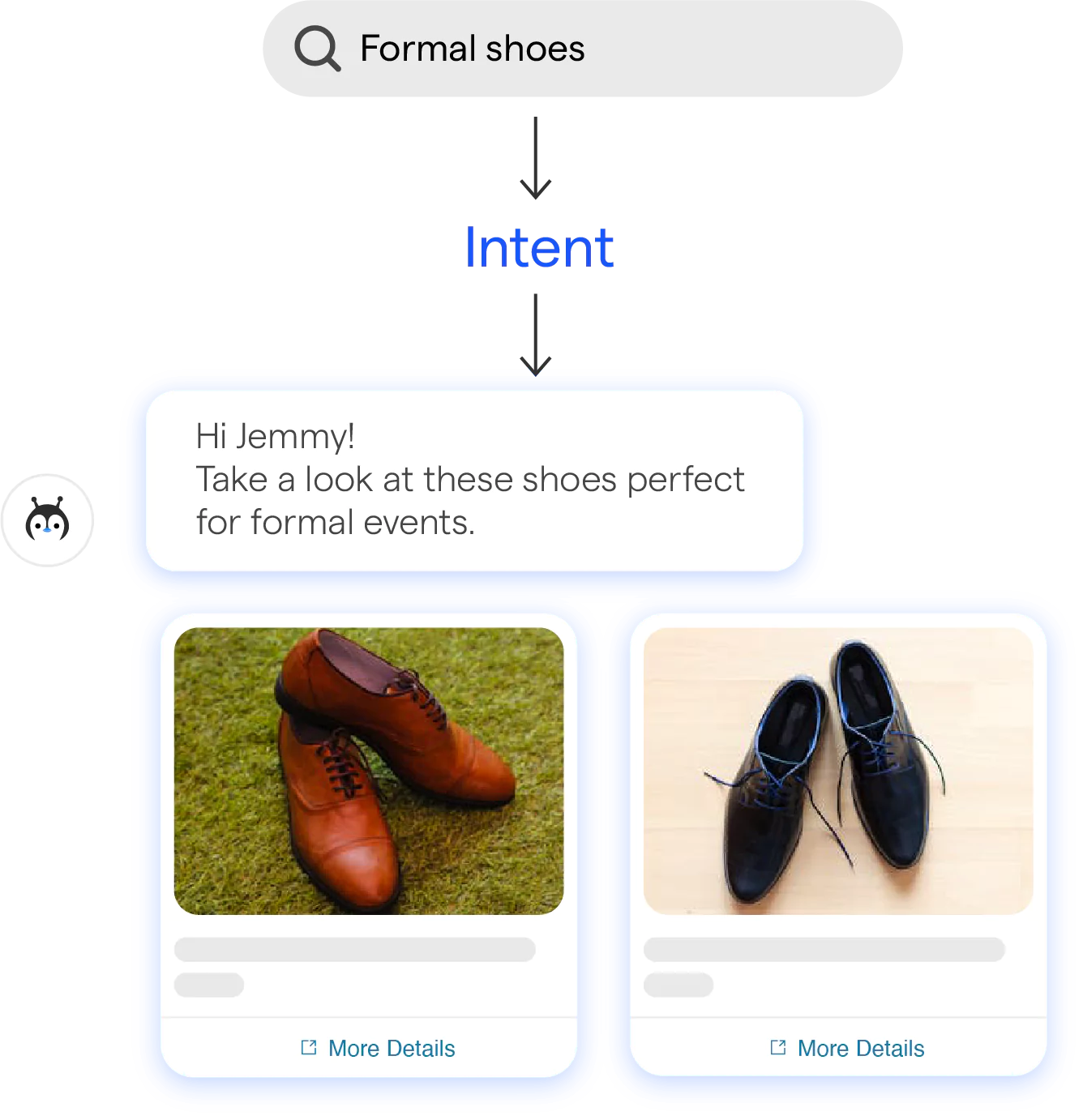
AI-powered chatbots are increasingly vital in ecommerce customer service. They manage routine inquiries and provide instant responses, freeing up human agents for more complex tasks.
An effective customer service AI chatbot solution for ecommerce can assist customers with order tracking, FAQs, and more, operating around the clock.
For example, Sephora employs AI chatbots to provide product recommendations and answer customer queries, significantly improving response times. This ensures customers have access to support at any time, enhancing their overall experience and satisfaction.
Best Practices for Ecommerce Customer Service
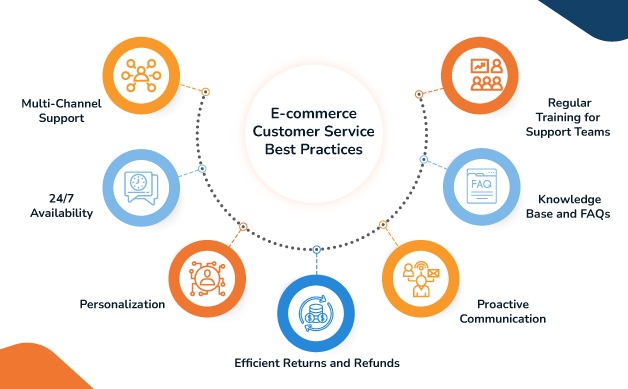
Elevating your ecommerce customer support is essential for building lasting relationships with your customers.
By adhering to a few best practices, you can ensure that your service stands out and creates positive experiences. Here are the most effective strategies to provide exceptional ecommerce customer service.
Consistent Communication
Consistent communication is a cornerstone of great ecommerce customer service. Customers don’t want to feel left in the dark, especially after making a purchase.
Keeping them informed about order statuses, shipping details, or any potential delays builds trust and transparency.
For instance, if a customer orders a product, sending updates via email or an ecommerce customer service chatbot can keep them engaged throughout the process.
Whether you’re notifying them of their order confirmation, shipping updates, or potential delays, ensure that your messaging is clear and consistent across all touchpoints. If customers receive conflicting information, it can lead to confusion and frustration.
Empathy and Understanding
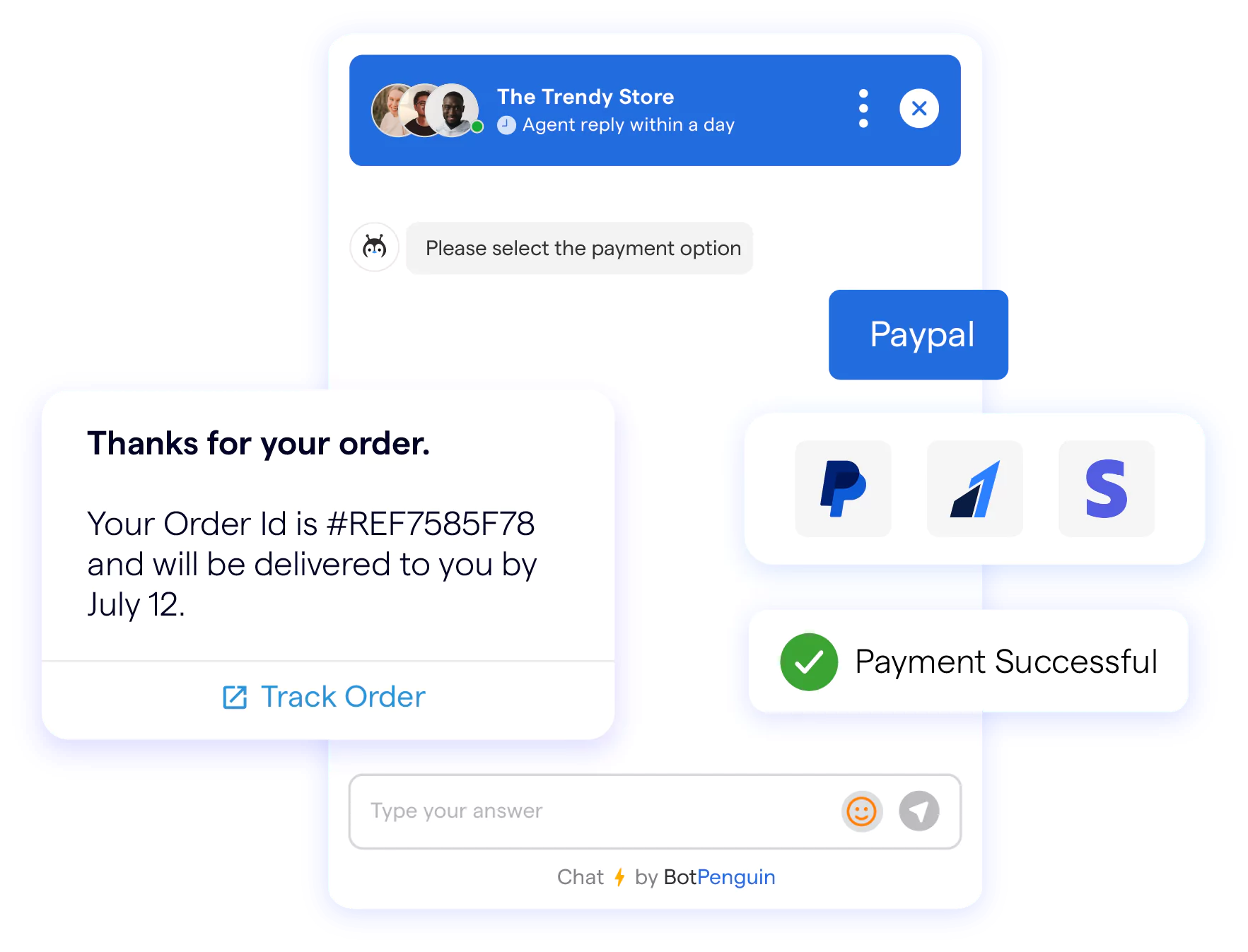
Providing empathetic ecommerce customer support is crucial for resolving issues effectively and leaving a positive impression.
When a customer reaches out with a problem, your response should go beyond merely fixing the issue; it should demonstrate an understanding of their feelings and frustrations.
While an ecommerce customer service chatbot like BotPenguin can handle routine inquiries, your support team needs to connect on a human level.
Encourage your agents to listen actively, acknowledge the customer’s feelings, and offer tailored solutions. For example, if a customer is upset about a delayed order, your agent should empathize with their disappointment and assure them that their concerns are being taken seriously.
Timely Response
In the fast-paced world of ecommerce, speed matters. Customers expect quick responses whether they are reaching out via live chat, social media, or email. Providing timely responses demonstrates that you value your customers' time and prioritize their issues.
Integrating an ecommerce customer service like BotPenguin can help manage basic inquiries instantly, allowing human agents to focus on more complex issues.
For example, if a customer asks about shipping times, a chatbot can provide immediate answers, ensuring the customer doesn't have to wait for a human response. The faster you address a concern, the more likely you are to leave the customer satisfied and impressed with your service.
Problem-Solving Skills
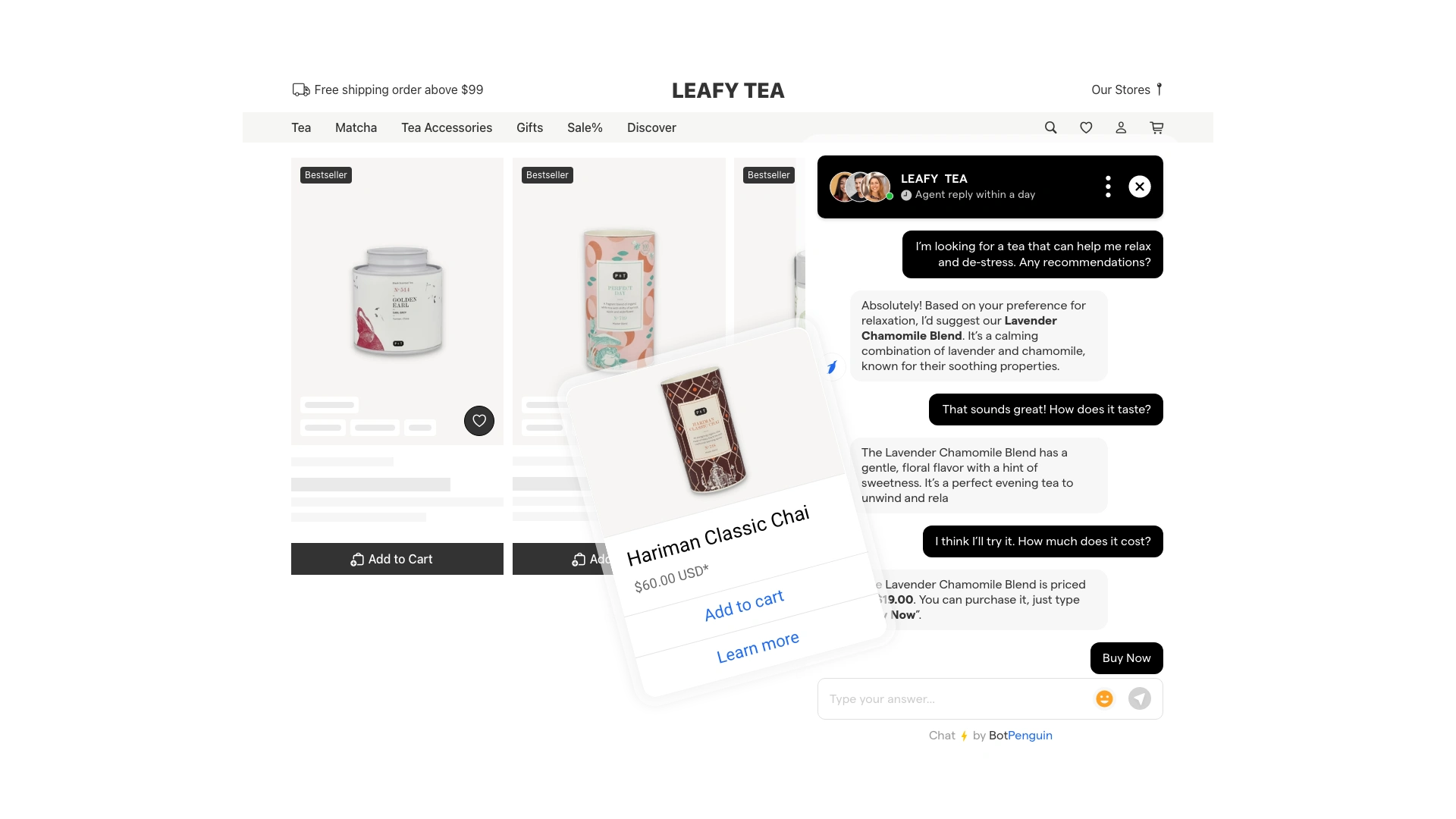
Effective ecommerce customer support involves not just answering questions but also solving problems efficiently. Your support team should be trained to investigate issues thoroughly, identify root causes, and offer clear solutions.
For instance, if a customer experiences a malfunctioning product, your agents should be equipped to troubleshoot effectively, guiding the customer through potential fixes or offering a replacement if necessary.
Empower your agents with the right tools and information, and consider utilizing an ecommerce customer service AI chatbot solution like BotPenguin, to handle frequently asked questions.
Follow-Up and Follow-Through
The customer journey doesn’t end once an issue is resolved; following up is just as important. A quick follow-up email or call can make a lasting difference, showing customers that you are committed to their satisfaction even after the problem has been addressed.
For example, if a customer had an issue with a product and you resolved it, sending a follow-up message to check if they’re satisfied with the solution reinforces your dedication to excellent service.
Additionally, don’t forget about follow-through: if you promise a solution or a timeline for resolving an issue, ensure you deliver on that promise.
Common Challenges in Ecommerce Customer Service
Providing exceptional ecommerce customer service is crucial for maintaining customer satisfaction and loyalty.
Let’s explore some of the most frequent hurdles in ecommerce customer support, along with real-world examples and relevant statistics to illustrate their significance.
Language Barriers
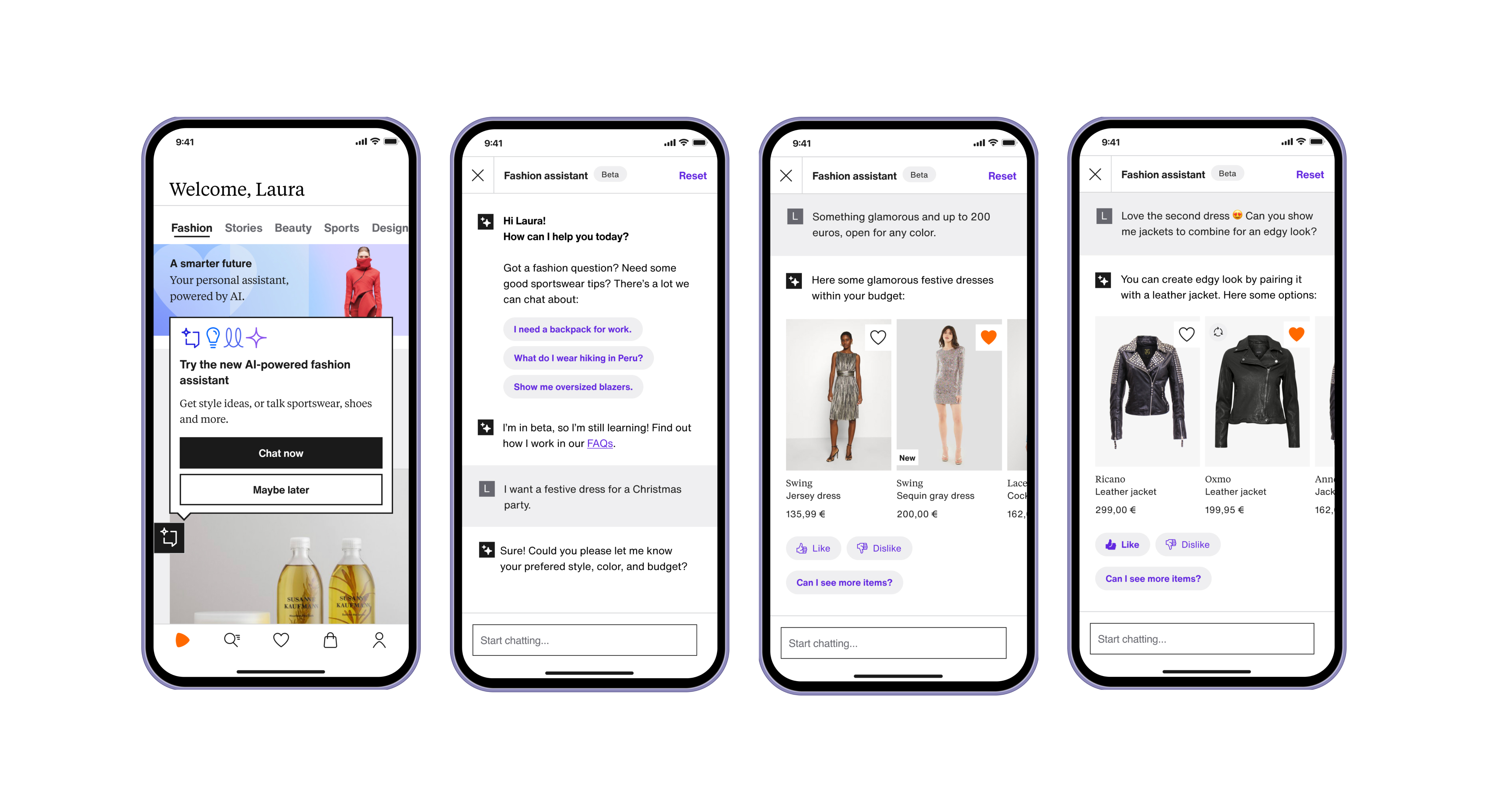
Ecommerce businesses often cater to a global audience, leading to potential communication challenges. Language barriers can cause misunderstandings and frustration for both customers and support agents.
For example, a study by Salesforce revealed that 75% of customers expect companies to understand their unique needs, including language preferencesmenting multilingual support can effectively bridge this gap.
Utilizing tools like an ecommerce customer service chatbot that offers multiple language options can help handle simple queries in various languages, ensuring customers receive assistance in their preferred language.
A notable example is Zalando, a European online fashion retailer that has integrated multilingual support in its ecommerce customer service chatbot, improving customer satisfaction ratings among non-native speakers .
Issues
Technical problems, such as website downtime or payment processing errors, can frustrate customers and tarnish your brand’s reputation.
For instance, during the 2021 Black Friday sales, multiple retailers faced website outages, resulting in lost sales and customer frustration. According to G2, 43% of customers will stop purchasing from a brand after a bad experience .
Implementing an ecommerce customer service AI chatbot can provide immediate assistance, explaining the problem and offering alternatives, such as different payment methods or workarounds, until the technical issues are resolved. This proactive approach can mitigate frustration and keep customers informed.
Order Fulfillment Problems

Late deliveries or incorrect orders can lead to dissatisfied customers. A 2023 survey by Shopify found that 58% of consumers had canceled an order due to delivery delays . While these issues may be under the customer's control, they expect swift resolutions.
To address order fulfillment challenges, ecommerce customer service teams must collaborate closely with logistics and shipping providers.
Regular updates through email or an ecommerce customer service chatbot can keep customers informed about their order status, which reduces anxiety and frustration.
For instance, Amazon excels in this area by providing customers with real-time tracking updates, significantly enhancing their overall shopping experience.
Returns and Refunds
Returns and refunds are an inevitable part of ecommerce, but managing them efficiently can be challenging.
A complicated returns process or delayed refunds can lead to negative experiences. In fact, 80% of consumers are more likely to purchase from a retailer that offers a simple returns process .
Retailers like Zappos have built their reputation on excellent return policies, which have contributed to their high customer retention rates.
Negative Reviews and Complaints
Negative feedback is an inevitable aspect of running an ecommerce business, regardless of how good your service is. Handling complaints and negative reviews can be daunting, but they present opportunities for improvement.
Research by Harvard Business Review indicates that companies that respond to complaints can improve customer retention by up to 70% .
To effectively manage negative feedback, try to respond quickly, acknowledge the issue, and offer a solution. Your team should be trained to handle complaints with empathy and professionalism.
By identifying and addressing these common challenges, ecommerce businesses can significantly enhance their ecommerce customer service, leading to improved satisfaction and loyalty.
Understanding the pain points customers face and proactively implementing solutions—like multilingual support, efficient problem resolution, and effective complaint handling—will set your ecommerce brand apart in a competitive market.
Conclusion
In conclusion, overcoming ecommerce customer service challenges is essential for building lasting relationships with your customers.
By addressing language barriers, technical issues, order fulfillment problems, and the complexities of returns and refunds, you can create a smoother shopping experience that fosters loyalty.
Remember, the way you handle complaints can turn a negative experience into a positive one, paving the way for customer retention and satisfaction.
Utilizing tools like AI chatbots can streamline processes, ensuring timely and efficient support while allowing human agents to focus on more complex inquiries. By adopting these best practices and continuously seeking feedback, you position your ecommerce business for success in an ever-competitive landscape.
Ultimately, prioritizing exceptional ecommerce customer service not only enhances customer experiences but also drives brand loyalty, leading to sustained growth and a stronger market presence. Embrace these strategies, and watch your customer satisfaction soar.
Frequently Asked Questions (FAQs)
What is ecommerce customer service?
Ecommerce customer service refers to the support provided to online shoppers throughout their purchasing journey.
This includes addressing inquiries, resolving issues, and ensuring a seamless shopping experience via various channels such as email, live chat, social media, and ecommerce chatbots.
Why is ecommerce customer service important?
Ecommerce customer service is vital for building trust, boosting sales, and enhancing customer loyalty. By delivering timely and effective support, businesses can minimize returns, effectively manage complaints, and create a positive customer experience, all of which contribute to long-term success.
What are the best channels for ecommerce customer service?
The most effective channels for ecommerce customer service include email, live chat, phone support, social media, and self-service options like FAQs and knowledge bases.
Each channel provides unique opportunities to assist customers in different ways.
How can ecommerce businesses improve ecommerce customer service?
Ecommerce businesses can enhance ecommerce customer service by leveraging tools such as CRMs, live chat, and AI-powered chatbots.
By providing personalized support, quick responses, and proactive solutions, businesses can significantly improve customer satisfaction and foster long-term loyalty.
What role do chatbots play in ecommerce customer support?
Ecommerce chatbots play a crucial role in customer support by offering instant assistance for common inquiries, processing orders, and troubleshooting issues.
They provide 24/7 support, allowing human agents to focus on more complex queries, thereby improving response times and overall customer experience.
How can ecommerce businesses handle customer complaints?
To effectively handle customer complaints, businesses should quickly acknowledge the issue, demonstrate empathy, and offer clear solutions.
Utilizing chatbots for immediate responses and allowing human agents to follow up on more complex issues ensures effective complaint resolution, ultimately building trust and loyalty.



